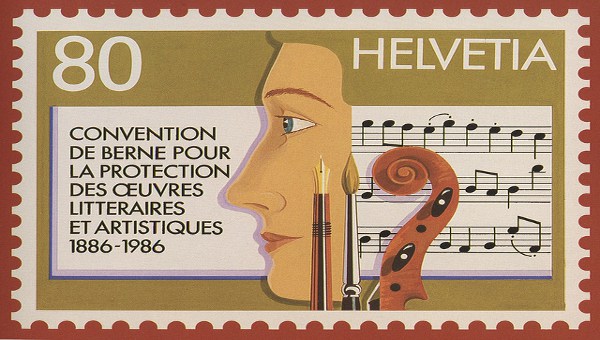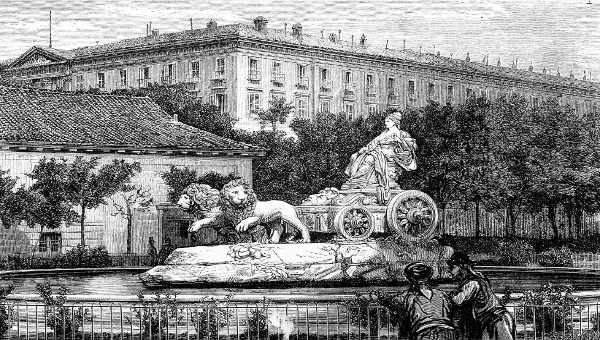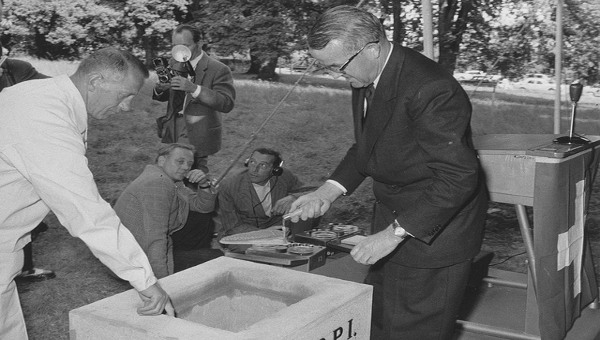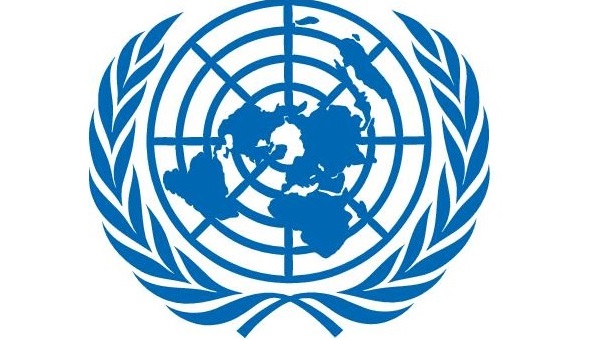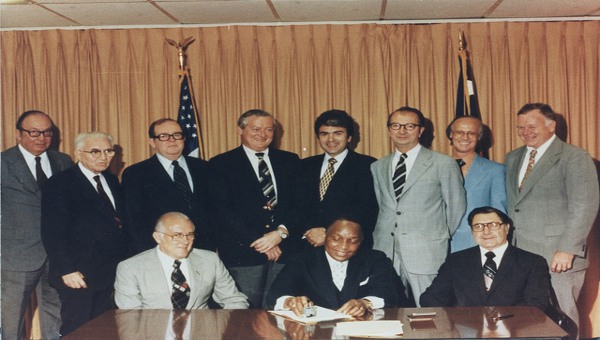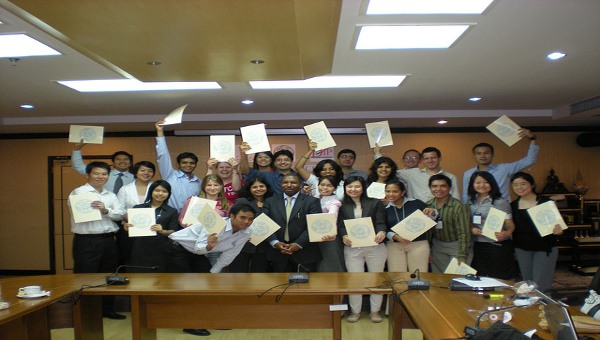The World Intellectual Property Organization (WIPO) has a long and interesting past. Browse some of the key milestones in the Organization's history.
1883 – Paris Convention
The Paris Convention for the Protection of Industrial Property is born. This international agreement is the first major step taken to help creators ensure that their intellectual works are protected in other countries. The need for international protection of intellectual property (IP) became evident when foreign exhibitors refused to attend the International Exhibition of Inventions in Vienna, Austria in 1873 because they were afraid their ideas would be stolen and exploited commercially in other countries. The Paris Convention covers:

